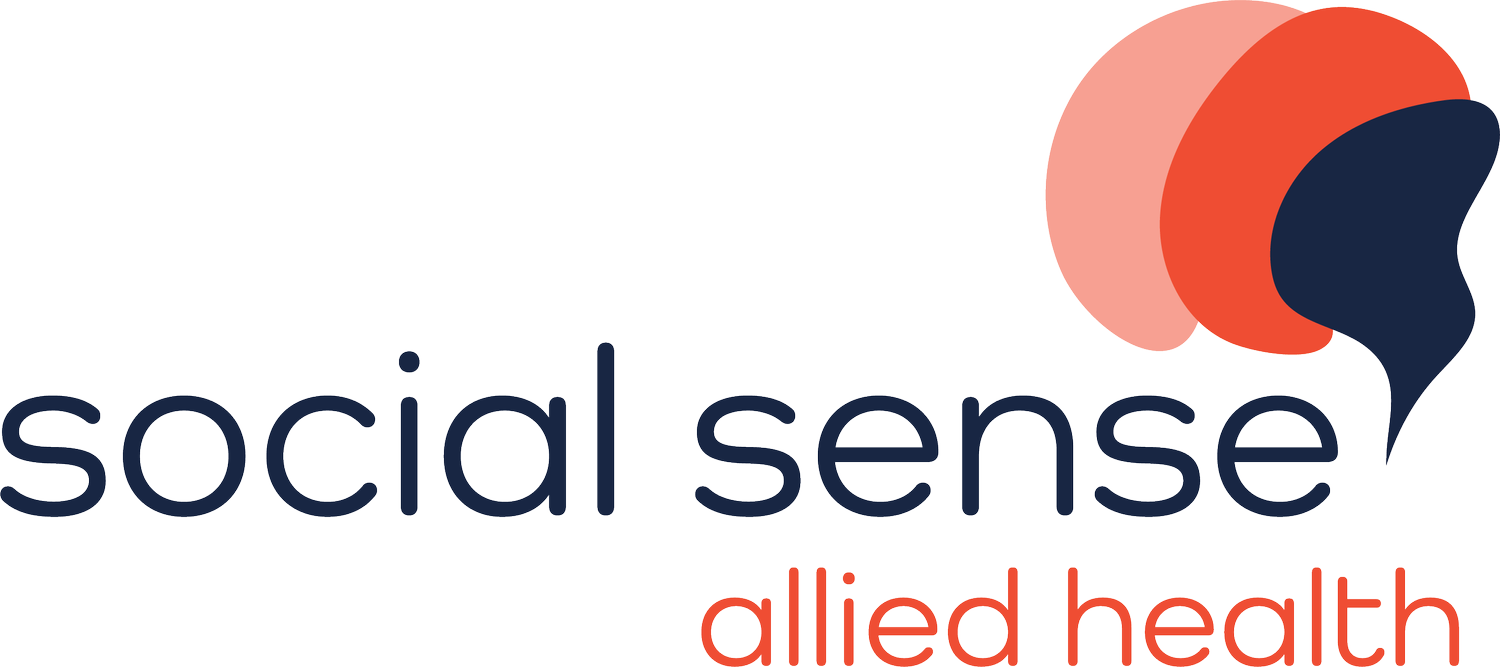Open Disclosure policy
1. Purpose
This policy aims to establish a transparent and compassionate process for disclosing incidents when things do not go as planned in the provision of services. This process fosters trust, enhances communication, and ensures that any harm caused to clients is acknowledged and managed in accordance with legal and ethical guidelines.
2. Scope
This policy applies to all SSAH staff, including clinicians, support staff, and contractors involved in direct client care. It governs how incidents are disclosed to clients and their families or carers, particularly in situations where harm may have occurred as a result of service delivery.
3. Relevant Legislation and Frameworks
SSAH adheres to both Australian and Victorian regulations regarding open disclosure:
a) Health Records Act 2001 (Vic) – Governs the handling of personal health information.
b) Australian Open Disclosure Framework (2013) – National guidelines for implementing open disclosure practices, providing a consistent approach to communicating adverse events to patients in all healthcare settings.
c) Wrongs Act 1958 (Vic) – Provides legal protection for apologies made during the open disclosure process, ensuring that apologies do not constitute an admission of liability.
d) Privacy Act 1988 (Cth) – Ensures the privacy of client information is maintained throughout the open disclosure process.
e) National Safety and Quality Health Service Standards (NSQHS) – Standards that encourage safe communication and continuous improvement of care quality.
4. Procedure
a) Identification of Incident: SSAH staff are trained to promptly identify incidents that could result in harm to a client. This includes physical, psychological, or emotional harm, whether from error, miscommunication, or unforeseen circumstances.
b) Clinician Disclosure: The clinician who identifies the harm will initiate disclosure to the client as soon as possible, ideally within 24 hours. This will include an explanation of what happened, an apology, and details of how the issue will be addressed.
c) Formal Open Disclosure: If further investigation or a more extensive response is required, a formal open disclosure meeting will be arranged. This will include senior staff and, where applicable, legal or insurance representatives.
d) Documentation: All details of the disclosure process, including the apology, the client’s response, and actions taken, will be documented in the client’s file. A copy of the documentation will be provided to the client as part of the process.
5. Key Principles of Open Disclosure
a) Open and Honest Communication: Clients have the right to be fully informed about the incident, and SSAH will communicate all known facts in a clear, honest, and respectful manner.
b) Apology and Expression of Regret: An apology or expression of regret is essential to the process. It should include the words “I am sorry” or “we are sorry” and acknowledge the harm caused without speculating or admitting fault.
c) Culturally Appropriate Communication: SSAH ensures that communication is accessible to all clients, including those from culturally and linguistically diverse backgrounds. Where needed, interpreters will be provided.
d) Support for Clients: SSAH will ensure that clients have access to emotional support, including referral to counselling or other services, as required.
e) Support for Clinicians: Clinicians involved in an adverse event will be provided with support, including peer support and professional counselling if necessary.
6. Roles and Responsibilities
Clinician: The primary responsibility for initiating open disclosure lies with the clinician who identifies the incident. They must ensure the disclosure is timely, accurate, and empathetic.
Service Manager: Responsible for overseeing the formal open disclosure process and ensuring it is conducted according to SSAH policy.
Client and Support Person: Clients have the right to be fully involved in the open disclosure process, including inviting a support person. SSAH will ensure they are provided with the necessary information and support throughout the process.
7. Apology and Legal Considerations
The apology provided in the open disclosure process is a sincere expression of regret for the harm caused, but does not imply an admission of liability. This is in line with the provisions of the Wrongs Act 1958 (Vic), which ensures that such statements are protected from being used in subsequent legal proceedings.
8. Training and Education
All SSAH staff involved in service delivery will receive training in open disclosure processes, ensuring they understand the importance of timely and compassionate communication with clients. Training will include practical scenarios and the legal and ethical aspects of making disclosures.
9. Evaluation and Monitoring
SSAH will regularly review its open disclosure practices to ensure that they align with the Australian Open Disclosure Framework and improve the overall quality of care. Client feedback will be sought to assess satisfaction with the process and identify any areas for improvement.
10. Complaints and Further Action
If clients are dissatisfied with the open disclosure process, they are encouraged to follow SSAH’s Complaints Policy. Should further resolution be necessary, clients have the option to escalate the matter to the Health Complaints Commissioner (HCC) or another relevant authority.
